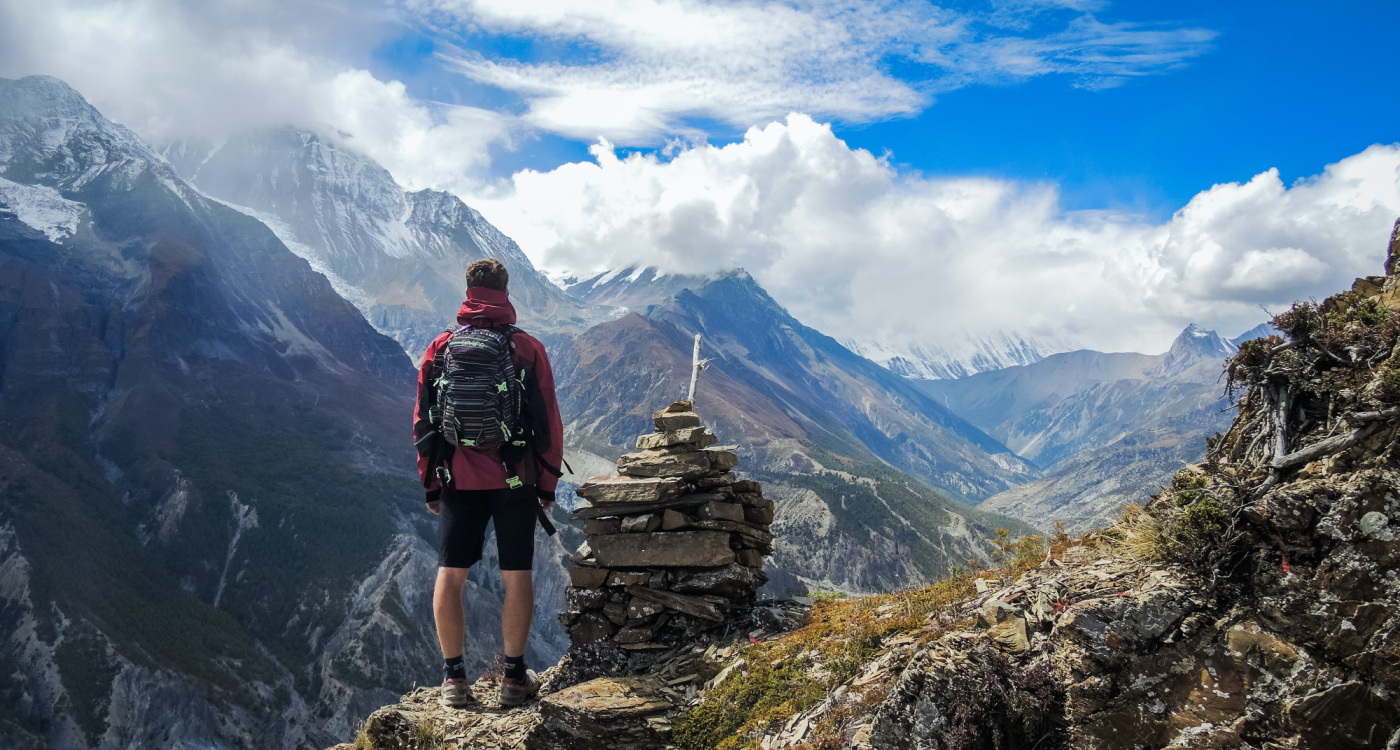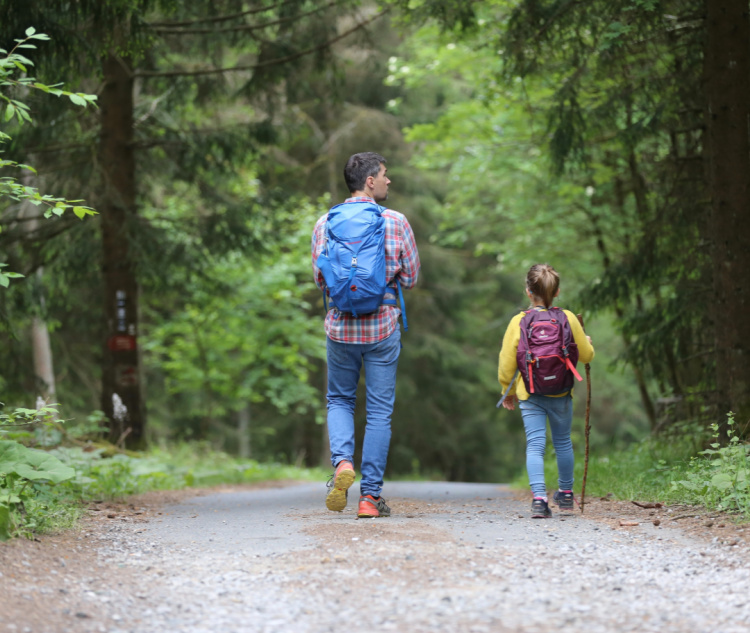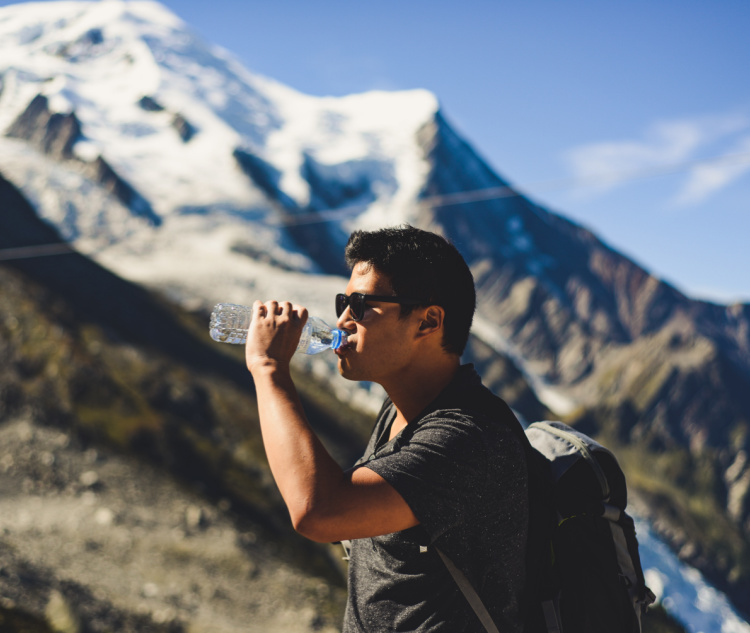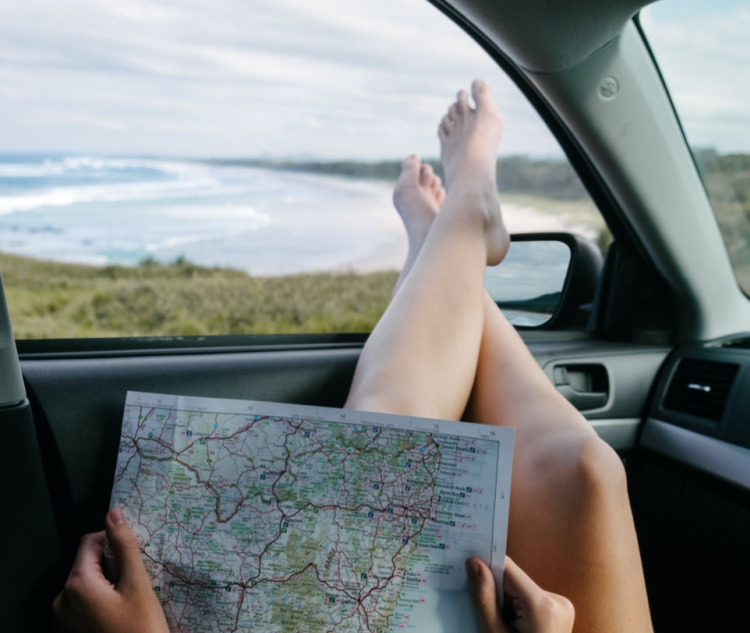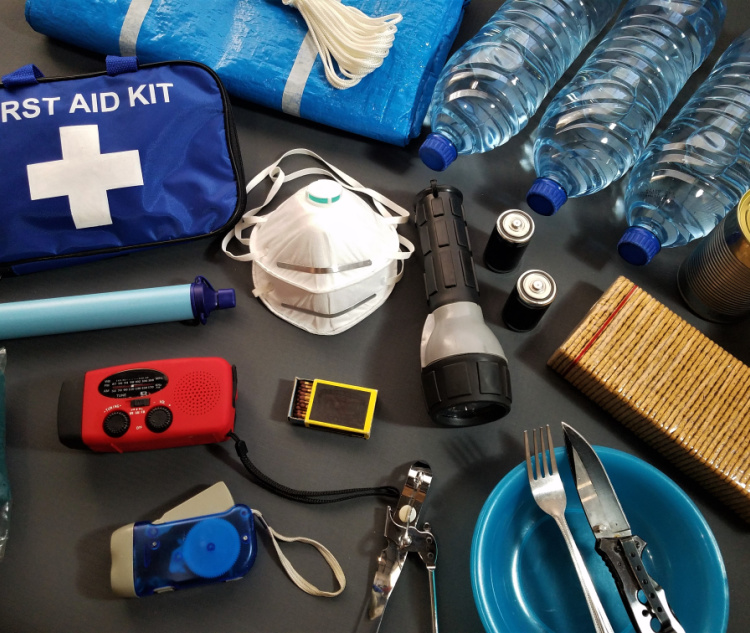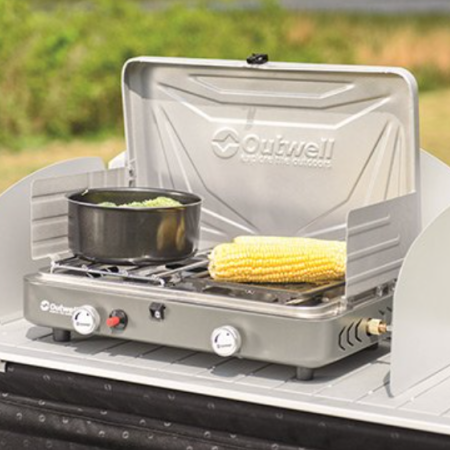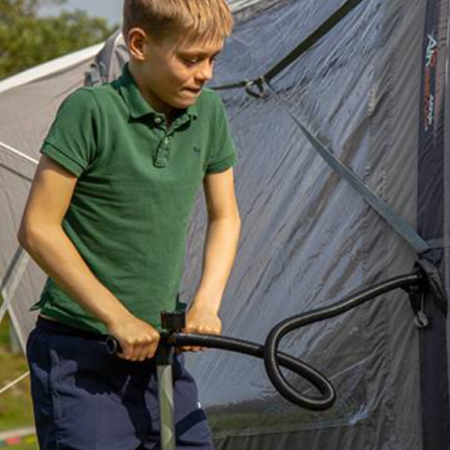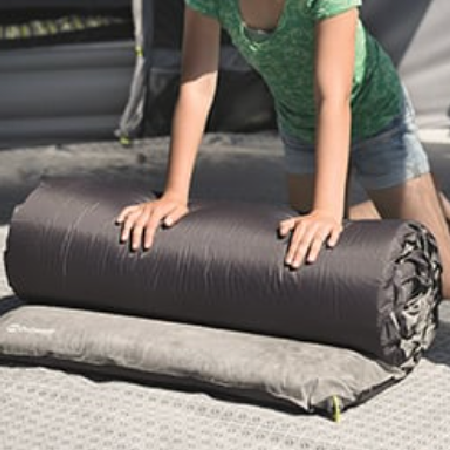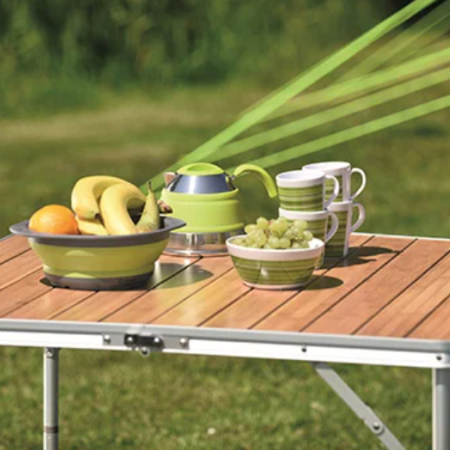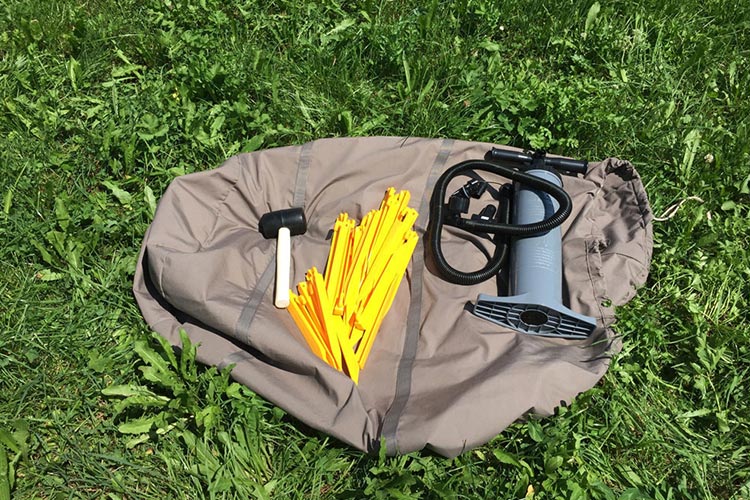Whether you’re hiking, exploring, or planning any other outdoor activities – you need to prepare for moments where you may find yourself stuck. For example, if you get lost – you’ll need to have everything on you that you could potentially need to remain safe.
A tip we have is to create a checklist of what you’ll need to take with you in your daysack. These are all the possible essentials you can think of, from water to a lightweight jacket.
So, what are the essentials? What do you need to pack for a day trip? Read on to find out what you need to take with you on your daytime adventures…
What is a daysack?
These types of bags are ideal for short activities and days out, so there’s no need for a chunky rucksack.
Daysacks – or day rucksacks – are all about versatility, practicality, and comfort. This makes them ideal for hill walking, cycling or simply heading out on a day trip. You can also use them for school or take them with you on holiday.
Your day rucksack should be strong, light, and compact, but with enough room for your essentials, and any items of clothing you may wish to take. Daysacks can also be made to feature rain covers, multiple storage, and drop-in pockets.
Available in litre options ranging up to 40L, they can also include a hip belt to redistribute the weight from your shoulders to your pelvis for added comfort and support.
Create a day trip and hiking checklist
We recommend creating a checklist that you can refer to when you go hiking, as it’s far too easy to forget something essential!
If you’re new to hiking or spending your days exploring the great outdoors, you may also wish to consider this as a shopping list to prepare you for all conditions and weather.
Top tip: Pack for an outdoor adventure the night before. This will allow you to double-check what you’ve packed in the morning, just in case you missed anything!
Ideally, you’ll want your outdoor equipment to be lightweight and comfortable to carry. There are many purpose-made items available that are well worth the investment. The absolute essentials can include:
- Clothing.
- Snacks.
- Water.
- Maps.
- Emergency Kit.


